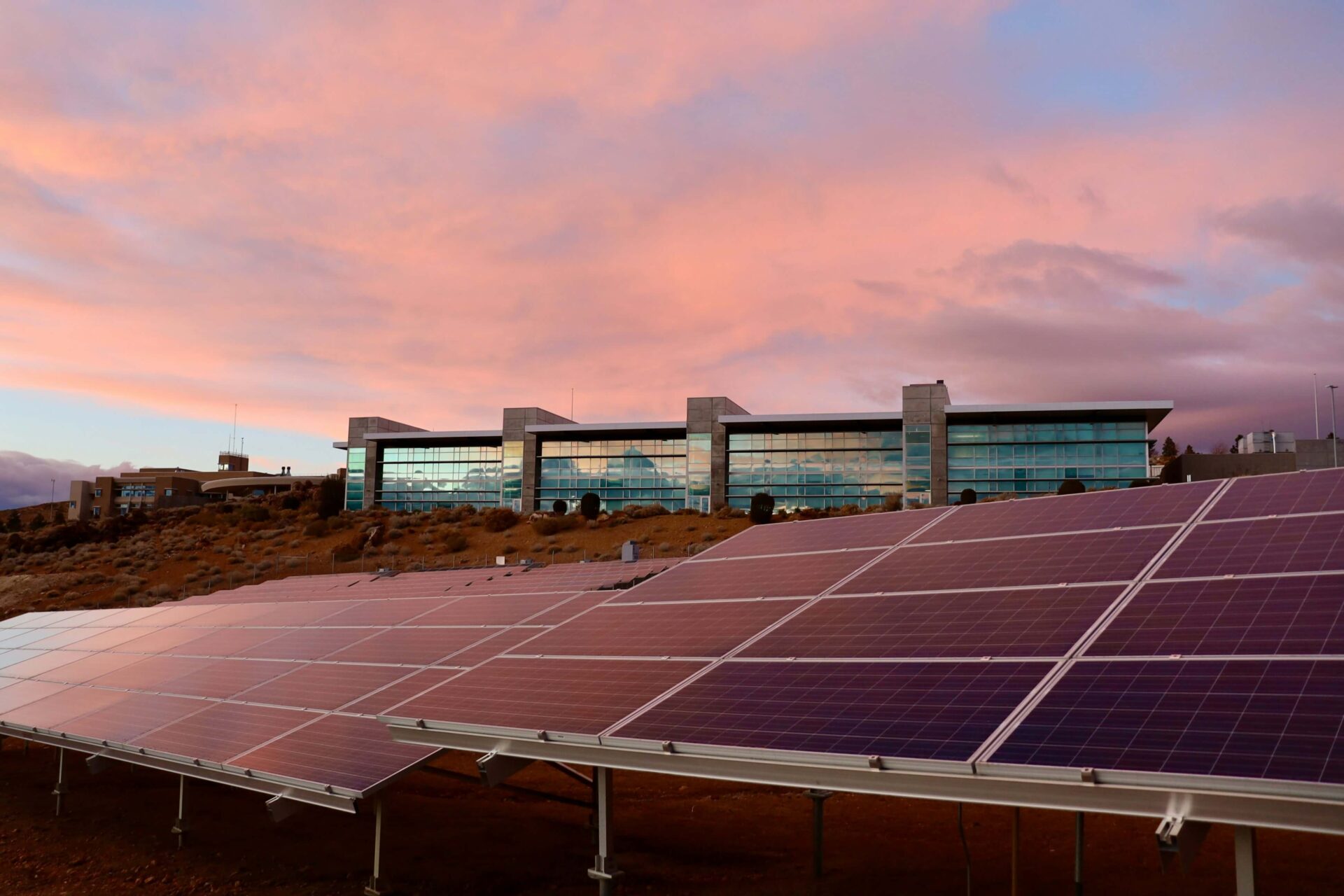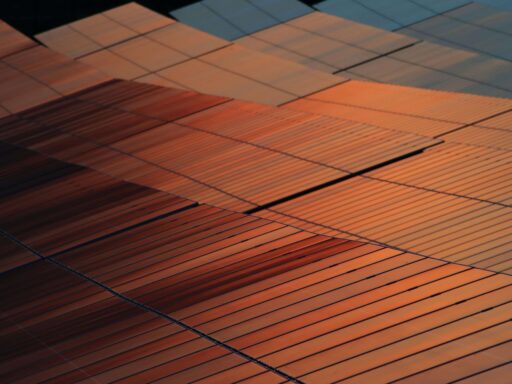Choosing TW Solar for your next project means balancing a fast-moving product roadmap with sharp pricing and large-scale supply. This review explains who TW Solar is, what they make, and how their solar panels perform in 2025.
We cover technologies, certifications, performance, costs, and the most suitable series for residential, commercial, and utility work, then finish with pros and cons and a concise FAQ.
TW Solar Company Overview
TW Solar is the module brand of Tongwei, a vertically integrated Chinese manufacturer active across high-purity crystalline silicon, cells, and modules. Tongwei has reported high solar cell shipment volumes and growing module output in recent years, reflecting its deep upstream capacity and expanding downstream manufacturing.
This review focuses on practical takeaways for buyers rather than corporate marketing.
Public round-ups have listed Tongwei among Tier 1 module makers in recent quarters. BloombergNEF’s Tier 1 list is updated quarterly and serves as a financing indicator rather than a quality grade; therefore, always verify the current quarter’s information before procurement.
For clarity, TW Solar positions its modules to serve residential, commercial, and utility needs across a broad range of power classes.
TW Solar panel technologies and product range
TW Solar’s portfolio spans half-cut P-type and N-type modules, bifacial options for ground mounts, and shingled Terra-series modules aimed at higher power density and clean aesthetics. Modules vary by frame colour, backsheet, and connector, which can matter for heat, handling, and appearance on site.
Representative models you are likely to encounter in distribution (examples):
- TW400MAP-108-H-BK and TW415MAP-108-H — 108-cell half-cut formats commonly specified for rooftops.
- TW-TWMND-54HS440/30 — a high-power, compact footprint line often targeted at residential arrays.
- Terra 5E and Terra 5K shingled modules, plus the Terra N shingled full-black variant for premium visual consistency.
What technology does TW Solar use in its solar panels?
Across the range, you will see mono-crystalline wafers, half-cut cell layouts to reduce resistive losses, multi-busbar interconnection, and shingled architectures in the Terra series to lift active cell coverage. Vertical integration from silicon to cells and modules supports supply resilience and cost control. Tongwei’s upstream capabilities inform TW Solar’s module strategy and product cadence.
Half-cut modules (P-type, N-type, bifacial, all-black)
Half-cut modules split standard cells, reducing the current in each path to minimise resistive heating and enhance shade tolerance along the string. TW Solar offers half-cut P-type and increasingly N-type options, with bifacial variants for potential albedo gains on suitable sites, as well as all-black builds where aesthetics are a priority.
Check connector type, cable length, and compatibility with your racking and string design.
Shingled modules (Terra 5K, Terra 5E, Terra N)
Shingled modules overlap cell strips to reduce inactive areas and increase current pathways. Terra 5K and 5E target mainstream rooftops with different watt classes and finishes, while Terra N adds a full-black premium look that many homeowners prefer. Expect compact formats, higher face coverage, and tighter visual uniformity than standard half-cut designs.
TW Solar panels performance & specifications
TW Solar’s data sheets give you the headline numbers, but the real value comes from reading them in context. Focus on module efficiency, the Pmax temperature coefficient, certifications, and the warranty curve, then compare those against your site’s design temperatures, roof layout, and expected shading.
Specs vary by series and region, so confirm the exact SKU’s figures and local warranty handling before making a purchase.
Key certifications and approvals (IEC, Bloomberg Tier 1, PVEL tests, etc.)
Confirm IEC 61215 and IEC 61730 certificates on the exact model you purchase. Treat Tier 1 as a bankability signal only and verify the current BloombergNEF list for the quarter in which you buy. Selected TW Solar models have been recognised as Top Performers in recent Kiwa PVEL PV Module Reliability Scorecards. Treat this as a durability signal for those specific models rather than a blanket brand claim.
Efficiency and power output
Current TW Solar rooftop solar panels are often specified around 400 to 445 W, depending on configuration and series. If the roof area is constrained, choose N-type or premium lines to maximise module efficiency. Module efficiency affects footprint and BOS choices, and available power classes should align with the inverter window and realistic site yield.
Temperature coefficient and heat resistance
Published temperature coefficients for TW Solar modules are generally in line with those of other modern mono-crystalline modules. For hot roofs or low-airflow sites, prioritise models with lower absolute Pmax temperature coefficients to preserve output. Check the coefficient on the data sheet for the exact SKU you are buying.
Durability and long-term performance
Recent PVEL scorecards have recognised selected TW Solar models as Top Performers in accelerated stress tests such as thermal cycling, damp heat, and mechanical load. Field performance depends on the design quality, mounting, ventilation, and maintenance throughout the system’s life.
Warranty options
Depending on the series and region, TW Solar offers product warranties of up to 25 years and performance warranties of up to 25 to 30 years. Always read the warranty terms, note the product and performance curve, and confirm who administers claims locally.
Lifespan expectations
With correct installation and maintenance, modern mono modules are designed for multi-decade service. Expect a warranted step after year one in the performance curve, followed by an annual linear degradation. Check the exact values for the model you select.
Cost of TW Solar panels in 2025
Module pricing has been volatile through 2024 and 2025, with intense global competition and periods of oversupply. That backdrop has generally improved the price-per-watt for buyers. Cost comparisons should include logistics and installation time, not just the module price per watt. Obtain current quotes and balance the price against availability, after-sales support, and installer labour.
TW Solar panels for residential, commercial & utility projects
Residential: Compact half-cut 108-cell formats like TW400MAP-108-H-BK or shingled Terra 5E and Terra N suit rooftops that need higher power density and a clean, uniform look. Match solar panels to roof layout, string voltages at temperature extremes, clamp zones, and mounting clearances.
Commercial: For mid-scale roofs, consider higher-wattage half-cut or shingled modules to limit module count and balance-of-system hardware. Where aesthetics permit, silver frames and white backing sheets can aid in heat rejection and may slightly reduce costs.
Utility: On ground mounts and trackers, bifacial N-type lines can deliver additional yield where site albedo, tracker geometry, and layout support it. Evaluate module dimensions against tracker specs, mechanical load ratings, and site-specific soiling behaviour.
Pros and cons of TW Solar panels
Pros
- Backed by a vertically integrated parent with substantial upstream silicon and cell capacity, and growing module output.
- Competitive pricing in current market conditions, with widespread availability through distributors.
- Recent PVEL scorecards have recognised selected TW Solar models as Top Performer, a useful durability signal for those specific models.
- A broad portfolio, including the shingled Terra series and full-black aesthetics for rooftops.
Cons
- Warranty and after-sales support vary by distributor and region, so buyers should confirm local availability.
- Tier 1 is a financing indicator that changes by quarter, not a product-quality grade, so model-level due diligence is still required.
- Industry-wide price volatility and consolidation can impact lead times and regional stocking levels.
Should you buy Tongwei Solar panels?
If you need reliable value, mainstream performance, and current-generation formats with credible independent stress-test signals, TW Solar belongs on the shortlist. Prioritise the exact model’s data sheet, verify who handles warranty in your country, and confirm Tier 1 status for the purchase quarter if project finance requires it.
Solar panels should be matched to roof layout, inverter window, and local regulations to avoid redesign later.
FAQ – TW Solar panels
Are TW Solar panels Tier 1?
Public round-ups have listed Tongwei among Tier 1 module makers in recent quarters. Always check the latest BloombergNEF list for the quarter in which you purchase.
How efficient are Tongwei solar panels?
Many rooftop models are specified around 400 to 445 W, depending on series and configuration. Confirm efficiency and power class on the data sheet for your chosen SKU.
What warranties does TW Solar provide?
Depending on the series and market, TW Solar offers up to 25-year product cover and up to 25 to 30-year performance warranties. Confirm local terms and claim handling before you buy.
Are TW Solar panels good?
Selected TW Solar models have achieved Top Performer recognition in recent PVEL scorecards, and pricing is competitive. Provided local support is solid and the model suits your design, they are a credible option.
 EN
EN ES
ES DE
DE PL
PL IT
IT FR
FR GR
GR



